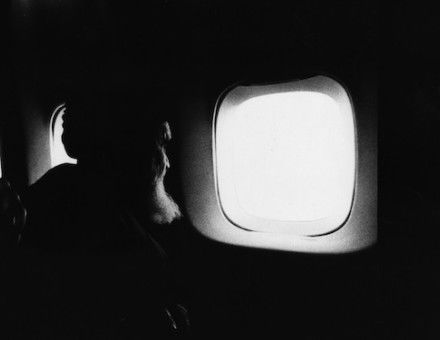A Very Personal Possession
Eamon Duffy tells how a careful study of surviving medieval Books of Hours can tell us much about the spiritual and temporal life of their owners and much more besides.
The Book of Hours is one of the most glamorous artefacts of the Middle Ages. With its illuminated initials and rich and sometimes literally bejewelled covers, it is an art work in its own right, and also features as a ‘prop’ in a myriad late medieval and renaissance paintings, an instantly recognizable symbol of recollectedness, interiority and prayer. Often known by their Latin name, ‘Horae’, or the familiar English name ‘Primer’ (to rhyme with ‘dimmer’), almost 800 manuscript Books of Hours made for use in England are scattered in libraries all over the world, and surviving printed versions for the English market in the two generations before the Reformation run into thousands.





